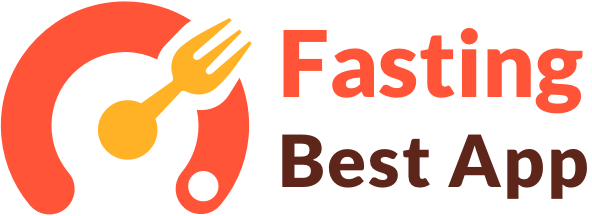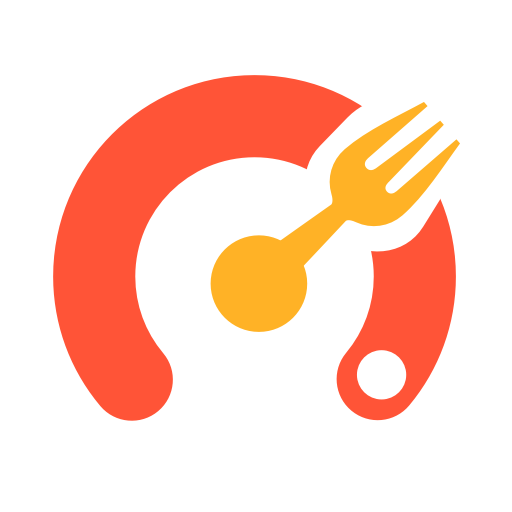In a world where health and wellness are becoming increasingly important, various diet trends and strategies have gained popularity. One such strategy that has been making waves is intermittent fasting (IF). Intermittent fasting isn’t just a diet; it’s a pattern of eating that involves alternating periods of fasting and eating. This approach has been praised for its potential benefits, including weight loss, improved metabolism, and better overall health. If you’re interested in trying out intermittent fasting, here’s a comprehensive beginner’s guide to help you get started.
Understanding Intermittent Fasting
Intermittent fasting is not about what you eat, but rather when you eat. It involves cycling between periods of fasting and eating. During the fasting periods, you abstain from consuming calories, allowing your body to utilize stored energy and promote various physiological changes.
Choosing a Fasting Schedule
There are several popular intermittent fasting schedules, each with its own approach. Here are a few of the most common ones:
- 16/8 Method: This method involves fasting for 16 hours a day and restricting your eating window to 8 hours. For example, you might eat between 12:00 PM and 8:00 PM and fast from 8:00 PM to 12:00 PM the next day.
- 5:2 Diet: In this approach, you eat normally for five days of the week and restrict calorie intake to around 500-600 calories on the other two non-consecutive days.
- Eat-Stop-Eat: This method involves fasting for a full 24 hours once or twice a week. For instance, you could finish dinner at 7:00 PM and not eat again until 7:00 PM the next day.
- Alternate-Day Fasting: With this approach, you alternate between fasting days and regular eating days. On fasting days, you might limit calorie intake to 500 calories.
- Warrior Diet: This method involves fasting for 20 hours and eating one large meal within a 4-hour eating window.
Getting Started
Before diving into intermittent fasting, consider the following steps:
- Consult a Healthcare Professional: It’s crucial to talk to your doctor or a registered dietitian before starting any fasting regimen, especially if you have underlying health conditions.
- Choose the Right Method: Pick a fasting schedule that aligns with your lifestyle and preferences. Experiment to find what works best for you.
- Stay Hydrated: During fasting periods, it’s essential to stay hydrated by drinking water, herbal tea, or black coffee. Hydration helps curb hunger and supports your overall well-being.
Making the Transition
Transitioning into intermittent fasting can be challenging, but there are strategies to make the process smoother:
- Start Slowly: If you’re new to fasting, begin by extending the time between dinner and breakfast by an hour or two each day until you’re comfortable with longer fasting periods.
- Gradual Adjustments: Allow your body to adapt by gradually increasing the length of your fasting periods. Your body will become more efficient at using stored energy for fuel.
- Nutrient-Dense Meals: Focus on nutrient-dense foods during your eating window to ensure you’re getting the necessary vitamins, minerals, and nutrients.
- Avoid Overeating: Although you might be tempted to indulge during your eating window, overeating can negate the benefits of fasting. Practice mindful eating and listen to your body’s hunger cues.
Benefits and Considerations
Intermittent fasting has been associated with numerous potential benefits, including weight loss, improved insulin sensitivity, better brain health, and reduced inflammation. However, it might not be suitable for everyone. Pregnant or breastfeeding women, individuals with a history of eating disorders, and those with certain medical conditions should approach intermittent fasting cautiously and under the guidance of a healthcare professional.
Conclusion
Intermittent fasting is a versatile approach to eating that can offer various health benefits when done correctly. By selecting the right fasting schedule, consulting a healthcare professional, and gradually transitioning into the fasting routine, you can unlock the potential benefits of intermittent fasting. Remember that individual results may vary, and what works for one person might not work for another. The key is to find a sustainable approach that aligns with your goals, preferences, and overall well-being.

